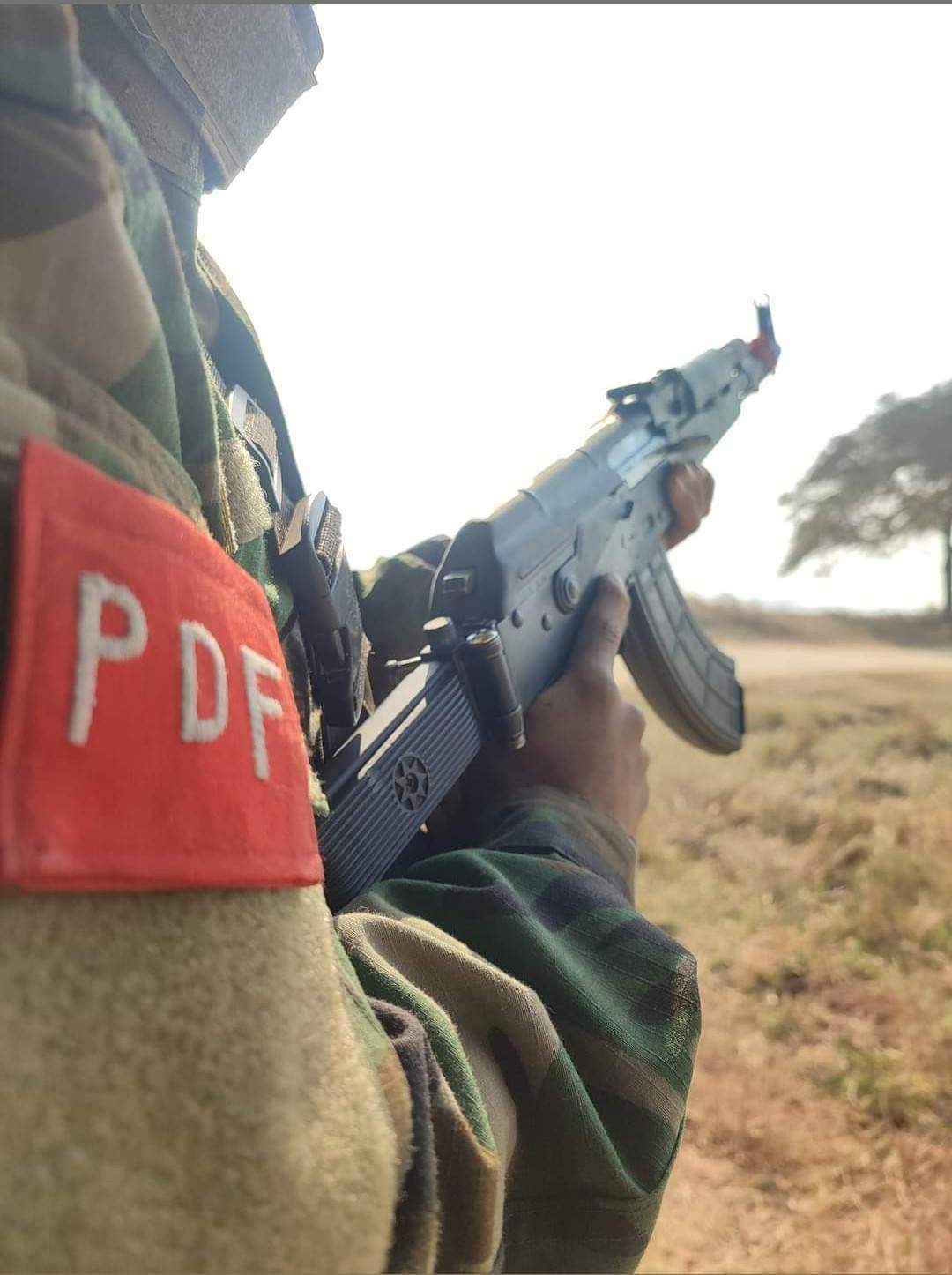
AI task-specific training involves preparing a machine learning model to perform a particular task by fine-tuning it on a dataset that is relevant to that task. Here’s an overview of the process:
1. Define the Task – Clearly outline what you want the AI to accomplish. Tasks can range from image classification and natural language processing to recommendation systems.









2. Data Collection
Gather a dataset that is representative of the task. The dataset should include input-output pairs that exemplify the problem you want to solve.
Labeling: Ensure the data is properly labeled if supervised learning is involved.
Quality: Data quality is crucial; it should be clean, diverse, and comprehensive.
3. Preprocessing
Prepare the data for training:
Cleaning: Remove duplicates, handle missing values, etc.
Normalization: Scale features to a similar range if necessary.
Augmentation: For tasks like image recognition, augment the dataset to increase its size and variability.
4. Model Selection
Choose a model architecture that is suitable for the task. This can be a pre-trained model (like BERT for NLP tasks or ResNet for computer vision) or a new architecture designed from scratch.
5. Fine-Tuning
Utilize transfer learning to adapt a pre-trained model to your specific task:
Load the pre-trained model.
Replace or adjust the last layers to match your output classes or format.
Train the model on your dataset while possibly freezing some layers to retain the learned features from the pre-training phase.
6. Training Process
Train the model using your dataset:
Hyperparameter Tuning: Adjust learning rate, batch size, number of epochs, etc.
Validation: Split your dataset into training and validation sets to monitor overfitting.
7. Evaluation
Evaluate the model’s performance using appropriate metrics for the task:
Classification: Accuracy, F1-score, AUC, etc.
Regression: Mean Squared Error (MSE), R-squared, etc.
Custom metrics based on specific requirements.
8. Iteration
Based on the evaluation results, iterate on the model by:
Removing non-essential features,
Collecting more data,
Trying different architectures or algorithms,
Experimenting with various hyperparameters.
9. Deployment
Once satisfied with the model’s performance, deploy it to a production environment, ensuring it can handle requests efficiently.
10. Monitoring and Maintenance
After deployment, continually monitor the model’s performance and retrain or update it as needed to ensure it remains effective over time.
By following these steps, you can effectively conduct task-specific training for a machine learning model tailored to solve your particular problem.


Leave a Reply